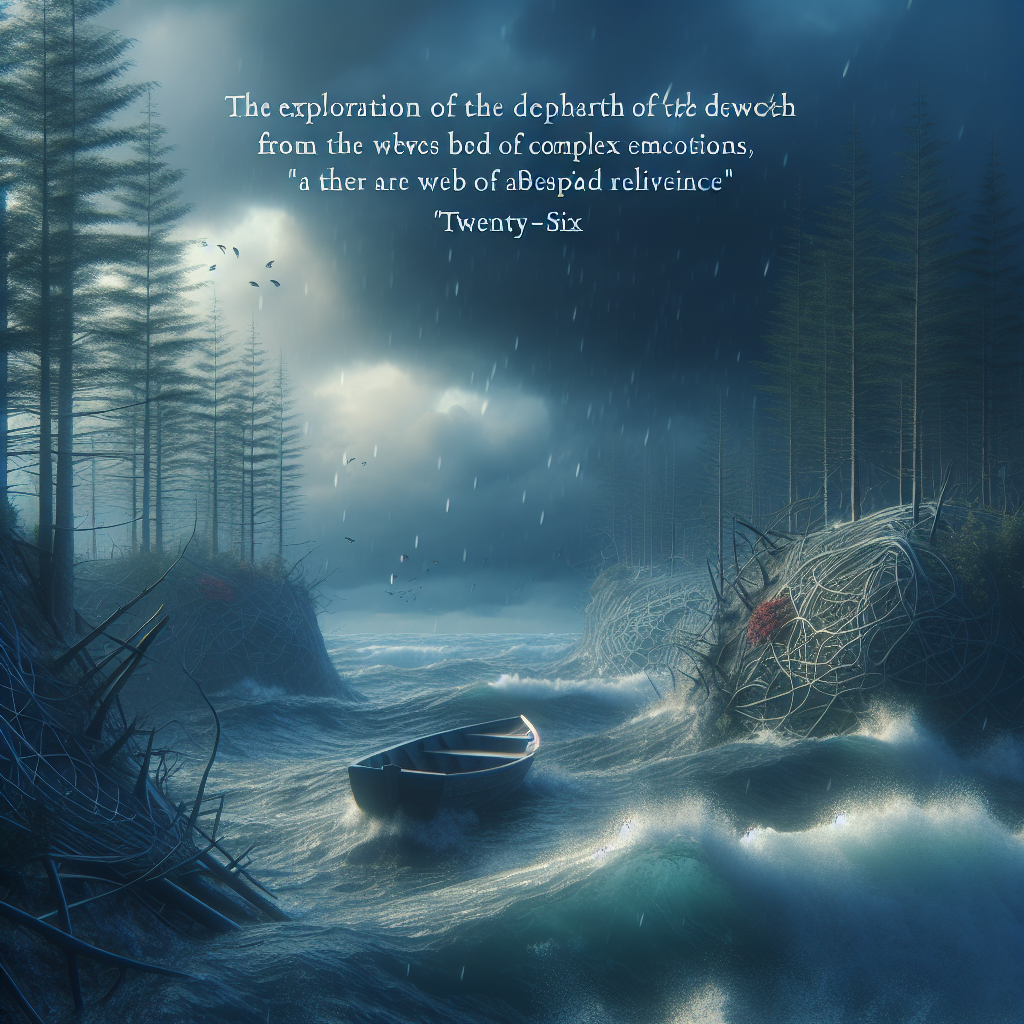Exploring the Depths of "Twenty-Six": A Journey Through Grief and Healing
Imagine a novel that takes you on an emotional rollercoaster, exploring the intricacies of grief, healing, and the human condition. "Twenty-Six," a novel by Leo McKay Jr., does just that. Published in 2003, this poignant story is set in the small town of Westville, Nova Scotia, and is inspired by the real-life Westray Mine disaster of 1992. The novel delves into the lives of the Dwyer family, who are grappling with the aftermath of a tragic mining accident that claimed the lives of twenty-six miners, including a beloved family member. Through this narrative, McKay Jr. masterfully captures the essence of loss and the resilience required to move forward.
The novel's protagonist, Ziv Dwyer, is a young man who returns to his hometown after the disaster, only to find himself entangled in the web of his family's grief and the community's struggle to come to terms with the tragedy. The story unfolds with a rich tapestry of characters, each dealing with their own version of sorrow and survival. McKay Jr. uses this backdrop to explore themes of familial bonds, the search for identity, and the quest for redemption.
"Twenty-Six" is not just a story about loss; it's a testament to the strength of the human spirit. The novel's setting in the tight-knit community of Westville adds a layer of authenticity, as it reflects the real-world impact of industrial disasters on small towns. McKay Jr.'s vivid descriptions and emotional depth invite readers to empathize with the characters' struggles and triumphs, making it a compelling read for anyone interested in the complexities of human emotions and the power of healing.
The novel's title, "Twenty-Six," serves as a haunting reminder of the lives lost in the disaster, while also symbolizing the collective grief and resilience of those left behind. Through his storytelling, McKay Jr. not only pays homage to the victims of the Westray Mine disaster but also offers a universal message of hope and recovery. This novel is a powerful exploration of how communities can come together to heal and rebuild in the face of unimaginable loss, making it a timeless piece of literature that resonates with readers across generations.

